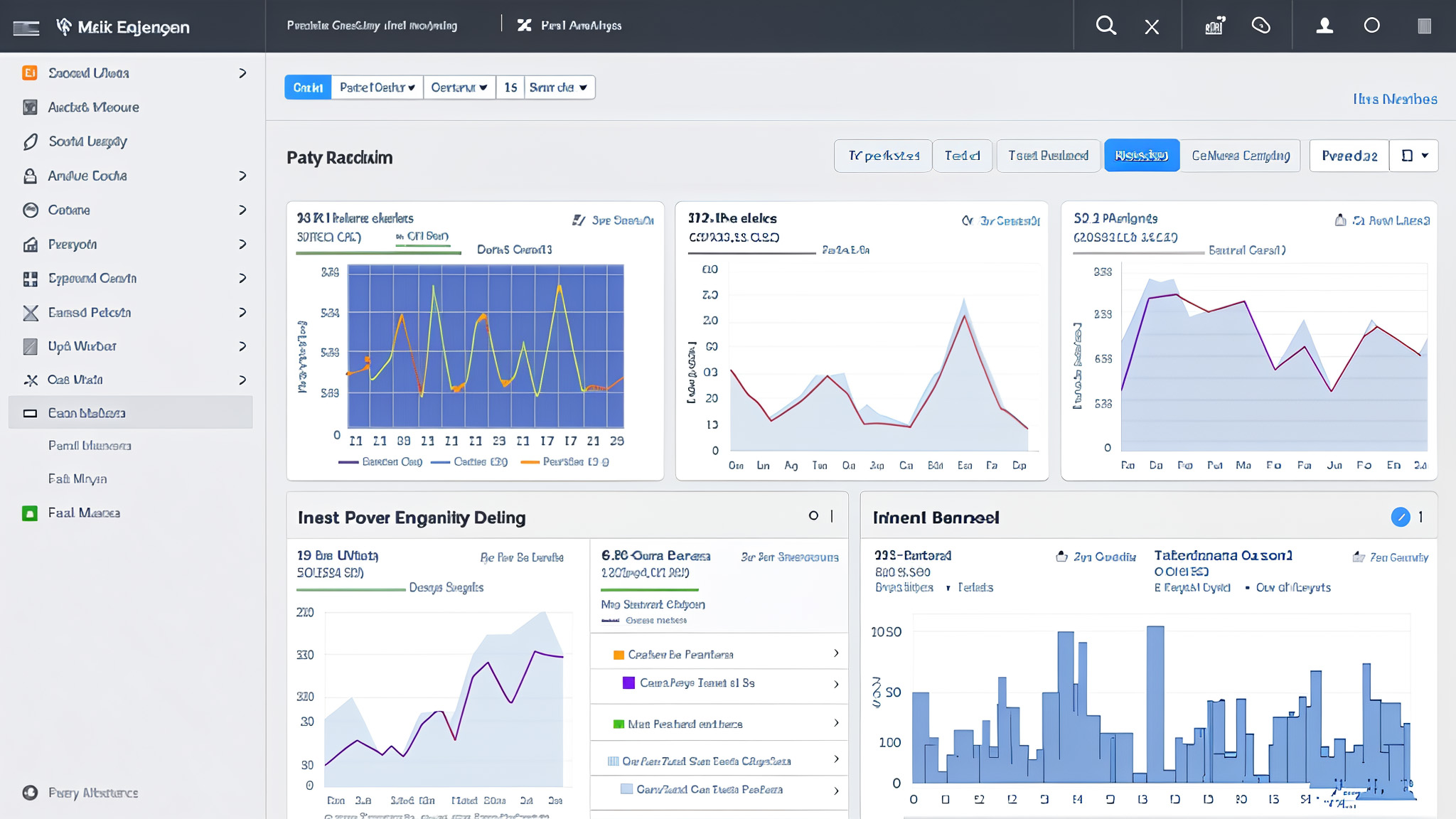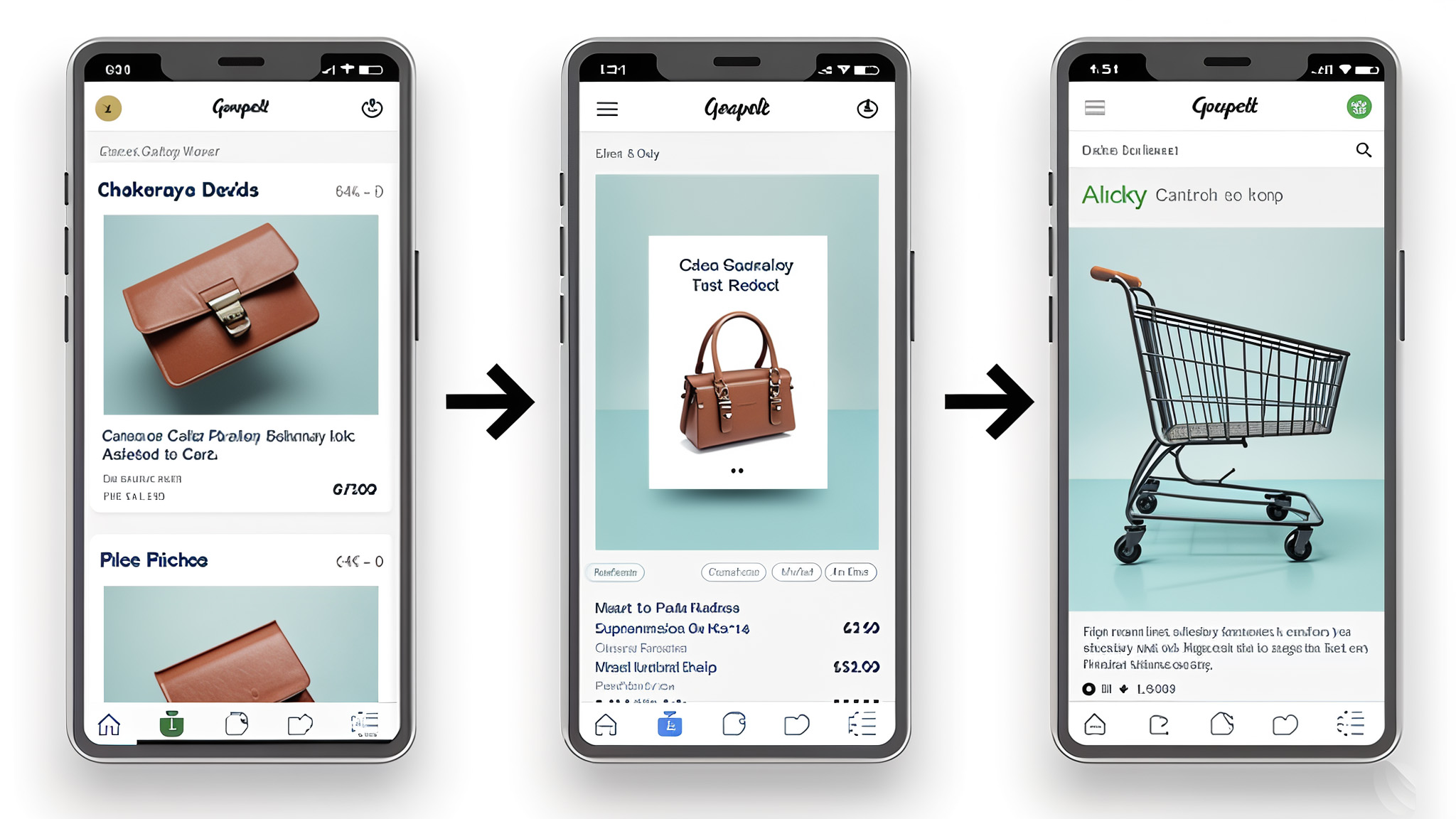Why Your Business Needs an Interactive Catalog in 2025
As digital transformation accelerates, the way businesses engage customers is evolving rapidly. By 2025, static PDFs and traditional online catalogs simply won’t meet modern buyers’ expectations for immersion and personalization. Interactive catalogs—combining augmented reality (AR), artificial intelligence (AI), and advanced analytics—offer unprecedented browsing and purchasing experiences. Here’s why upgrading to an interactive catalog is no longer optional but essential.
1. Boost Engagement and Conversion Rates

1) Immersive AR Experiences
Let customers virtually “place” products in their real-world environment via their smartphone or tablet. Whether it’s furniture in a living room or decor in an office, AR builds confidence by showing true scale and detail.
2) 3D Product Interaction
Interactive 3D models allow shoppers to rotate, zoom, and explore products from every angle, dramatically increasing time on page and purchase intent.
3) AI-Powered Personalization
Machine-learning algorithms tailor product recommendations in real time, based on each user’s browsing history and preferences, delivering the right products at the right moment.
4) Real-Time Analytics
Monitor click heatmaps, scroll depth, and drop-off points in your dashboard. Run A/B tests on layouts, calls-to-action, and promotional banners to continually refine and optimize performance.
2. Align with 2025 Industry Trends

1) Mobile-First Design
Over 90% of online traffic by 2025 will be mobile. Interactive catalogs use responsive design to ensure fluid experiences on phones, tablets, and desktops alike.
2) Seamless Cart Integration
Shoppers can add items to their cart directly from the catalog viewer—no page reloads or redirects—minimizing friction and abandoned sessions.
3) Social Commerce & UGC Integration
Embed short videos and customer testimonials, and enable one-click sharing to Instagram, TikTok, or Pinterest. Collaborate with influencers to “tag” products in lifestyle shoots, driving social proof and virality.
3. Key Features & Technology Highlights
| Feature | Technology | Business Benefit |
| AR 3D Previews | WebAR, Three.js | Reduces purchase hesitation |
| Dynamic Recommendations | Collaborative filtering, Deep Learning | Increases average order value |
| Analytics Dashboard | BI visualization tools | Data-driven catalog optimization |
| Headless CMS | API-driven, microservices | One source of content, multi-channel |
| Social Sharing & Reviews | Social APIs, UGC widgets | Amplifies reach and trust |
4. Implementation Roadmap

1) Needs Assessment & Platform Selection
• Define your objectives: trade show engagement, website traffic, or e-commerce upsell?
• Choose between a SaaS interactive catalog platform or a fully custom solution that supports AR, AI, and omnichannel publishing.
2) Content Creation & SEO
• Upload high-resolution 3D models or 360° product imagery.
• Craft keyword-rich product titles and descriptions optimized for search engines.
3) Integration & Testing
• Sync product, inventory, and customer data via APIs to your CRM/ERP systems.
• Conduct cross-device and cross-browser QA to ensure smooth performance.
4) Launch & Continuous Optimization
• Promote via email campaigns, social ads, and industry publications.
• Regularly review analytics, tweak layouts, and update content based on user feedback.
5. Success Stories

1) Home Furnishings Brand A
Implemented an AR catalog allowing customers to virtually place sofas and tables in their homes, resulting in an 80% increase in average browsing time and a 35% uplift in conversion rate.
2) Fashion Retailer B
Added a “virtual try-on” feature and saw returns drop by 22%, social shares rise by 50%, and new customer registrations jump by 40%.
Interactive Digital Catalog Creator – FlipHTML5
FlipHTML5 is a powerful online digital publishing platform that specializes in creating various types of interactive digital publications, including catalogs, magazines, brochures, albums, reports, and more. By converting static documents (such as PDFs, Word files, PPTs, etc.) into dynamic digital publications with a flip-page effect, it significantly enhances the user experience. Here are the advanced features to streamline catalog creation:
• Ready-to-Use Catalog Templates: Choose from a wide variety of professionally designed templates to jumpstart your catalog project.
• Excel to Catalog: Import your existing product data in Excel or CSV format, and FlipHTML5 will transform it into a fully interactive catalog in minutes.
• AI Catalog Maker: Leverage AI to automatically generate product layouts, suggest design elements, and optimize content for engagement. Simply input prompts to get started.
• Interactive Elements: Enhance the appeal of your electronic catalogue by adding multimedia elements such as videos, audio, GIFs, links, and hotspots. Supports custom branding with logo integration, background colors, and page effects.
• Sharing and Embedding: Share digital catalogs via links, QR codes, or social media. Embed them into websites to maintain brand consistency. They can be viewed smoothly on various mobile devices (such as iPads, Android phones, etc.).
• Analytics and Tracking: Built-in performance tracking allows users to view data such as page viewing time and visit counts.
Conclusion
By 2025, an interactive catalog isn’t just a marketing tool—it’s the heart of a dynamic sales ecosystem. With immersive AR previews, AI-driven personalization, and live analytics, you’ll turn casual browsers into loyal customers and optimize every touchpoint. Upgrade now to stay ahead of shifting expectations, fuel growth, and future-proof your brand.






